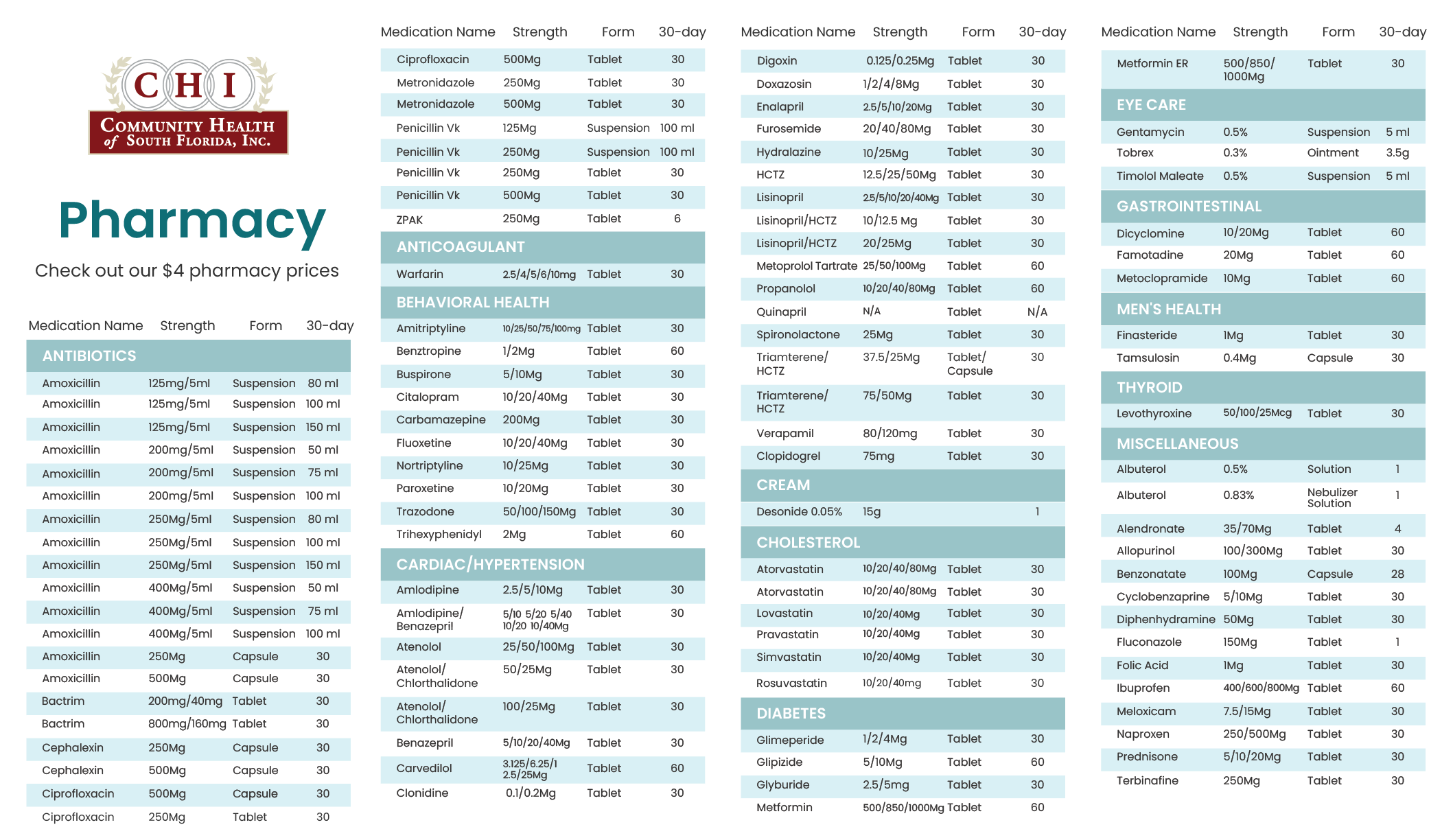Nowadays It Is a Tendency To Use Sunscreens, But … Are They Really Safe?
Dr. Antonella Annunziato, Pharmacist and Health Blogger, talks about the safety of sunscreens, as well as the pros and cons of their use.
Did you know that applying sunscreens to prevent burns reduces the risk of the Melanoma, but could it increase the incidence of other benign skin cancers?
It is increasingly known that the use of sunscreen prevents the development of the Melanoma (malignant skin cancer, with a higher mortality rate), however, there are other types of skin cancer, which according to scientific studies could escape the effectiveness of sunscreens!

Dr. Dedee Murrell, an expert who will talk about this topic at the International Congress of Dermatology 2021, in Melbourne – Australia, and the American Cancer Society, assure through clinical cases that each year more than 3.3 million patients are diagnosed with non-melanoma skin cancer, compared to the current projection (2019) of 100,000 patients with Melanoma.
This is due to the fact that sunscreens do not protect us 100% from the sun’s rays, they only filter UV radiation, so long sun exposures could cause invisible lesions, which as a consequence would trigger mutations in certain cells of the skin, increasing the risk of incidence of other types of non-melanoma cancer.

But… Does this mean that the use of Sunscreens is not convenient?
Although it may sound paradoxical, the use of sunscreens is effective depending on the criteria and conscious use of each person and if they are combined with other sun protective measures.
For a Sunscreen to work effectively and safe, we must:
- Avoid long and indiscriminate sun exposure, even when the use of sunscreens is for avoid burns, remember they do not block 100% of the sun’s rays
- Exposures at the sunlight should be on appropriate hours, recommended by specialists, like before 10 a.m. and after 4 p.m.
- It is recommended take sunbaths with balance, it means, several times in short terms
- Also use other measures of sun protection such as sun visors, sunglasses, clothes, to protect the most sensitive areas of the skin
- Choose a sunscreen with at least Sun Protection Factor of 50 (SPF 50 blocks 98% of UVB rays)
- Apply the sunscreen 20 minutes before the exposure and re-apply every two hours
- Choose the right formula according to the needs of each patient, like cream, powder, spray or gel to ensure comfort and adherence
- Hydrate the skin at the end of each exposure, to avoid injuries.
Remember that the safety and effectiveness of a sunscreen is also in your hands!






